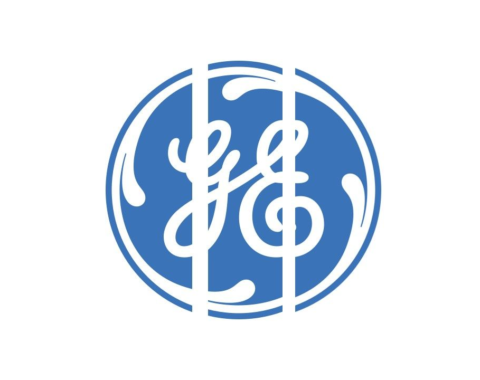The foundation for success with any company is its people. No matter the size or stage of growth, choosing the right people is vital, likely more important than any other factor. But today, the competition for talent is as challenging as it has ever been, with record low unemployment, a changing mindset about work, an aging workforce, inflation, and recession.
A third of American companies are reporting difficulty in finding the talent they need, and globally, the talent shortage has nearly doubled in the past 10 years. By 2030, many sectors are projected to experience significant shortfalls. In such a highly competitive hiring environment, it’s crucial for companies to understand how to optimize recruitment, retention, and employee satisfaction.
The answer is BENEFITS – salary, job description, and the opportunity for advancement are the primary factors in successful recruiting and retention of current employees.
First and foremost, is a retirement savings plan – typically a 401k or Simple IRA with some level of matching contributions from the employer, and an investment menu that offers the ability to make pre-tax or after-tax (Roth) contributions.
With regard to health expenses, employees want health savings accounts (HSAs) or flexible spending accounts. (Since HSAs, are only available with high-deductible health plans, this is particularly attractive to potential and current employees since it will allow them to contribute pretax dollars into an account that is completely portable and offers the potential for long-term accumulation of assets to fund future health care expenses.)
Financial wellness and employee education programs are also valued benefits. An effective financial wellness program will offer employees tools that they can use, to assess their financial position and evaluate how they stand based on some type of scoring mechanism. (Just like a smartwatch tracks steps, a financial scoring system can look at bank accounts, FICO scores and other metrics to generate a wellness score.) Education is a component of a financial wellness program – it should address topics ranging from budgeting and building an emergency fund, to debt management, and retirement savings and investing.
Company management, contemplating a financial wellness program, wondering what it might mean for the company’s bottom line, will find that it is more expensive not to offer a financial wellness program. As studies have shown that employees suffering from financial stress are distracted at work and can cost the company a significant loss in productivity through lost hours and high turnover. Financial stress can lead to other problems, impacting both physical and emotional health, resulting in higher health care costs, more time off from work, and possibly a need for employee assistance programs.
Student loan assistance programs are highly attractive to younger employees. One of the greatest hurdles facing younger employees is the heavy burden of student loan repayment. Student loan debt can create significant financial stress and prevent younger employees from taking advantage of a 401k program. Given the value of an early start to retirement investing, this is a serious consideration for a potential employee. For millennials, a student loan assistance program is one of the most compelling benefits employers can offer them. Some employers are offering a stipend to be applied to student loan payments, allowing the employee to take advantage of 401k savings opportunities by contributing to their salaries. Others choose to match student loan payments with 401k contributions according to the plan’s matching percentages. Both options allow employees to start building retirement savings while they pay off their student loans. In either case, assistance with student loan obligations can make an enormous contribution to an employee’s satisfaction and retention, as well as recruitment.
Diversity programs are another important benefit, fostering a sense of inclusion, and enhancing employee satisfaction and retention. Every employee wants to feel welcomed, valued, trusted, and emotionally safe in their workplace. In particular, the younger generations are more ethnically diverse, making diversity a critical priority for them. Diversity and inclusion programs are becoming increasingly common, although in many firms they are still in an evolutionary stage.
There are several essential pillars in establishing an effective diversity program – an employee network and social responsibility. This first pillar involves creating an employee network program with affinity groups based on anything from race, gender, and sexual orientation to common interests and concerns. The sense of community that comes from participation in such groups has been shown to significantly enhance employee satisfaction and linked to a 50% decline in turnover risk. The second pillar, social responsibility, is also vitally important in recruiting. It’s not enough for a company to be good at what they do or produce – the best candidates, particularly younger candidates, want to work for a company that’s a good corporate citizen – they want a company that cares about the environment and their impact on the community. They expect their employer to build their principles into their business models and exercise responsibility in their interactions with customers and suppliers.
Every company, no matter its size, will need to adapt to the changing priorities of the modern workforce because the battle to recruit and retain talent is at an accelerated pace, but any company can incorporate these principles into practice. The good news is that there are many low-cost (in some cases no-cost) ways to implement programs that will improve existing benefits that and help recruit and retain quality employees.



